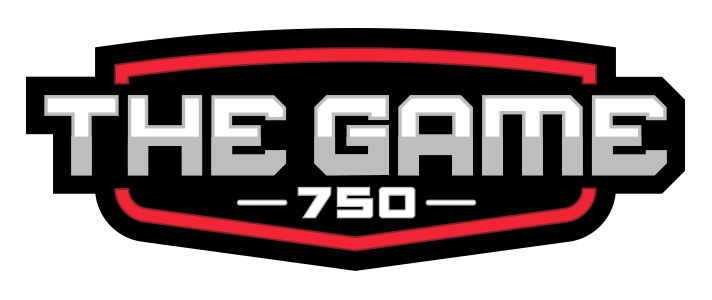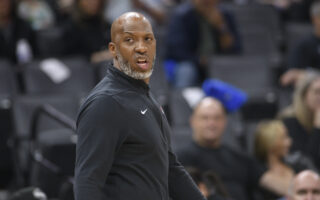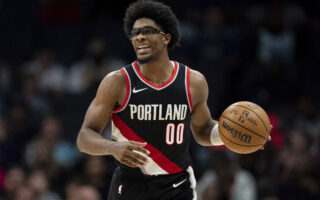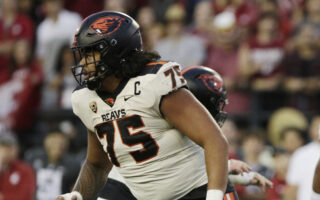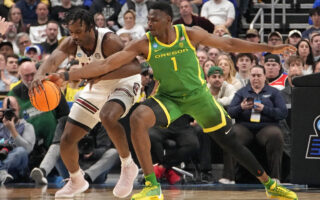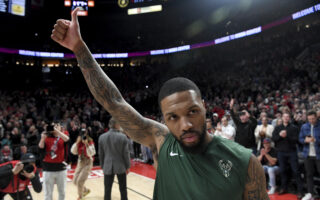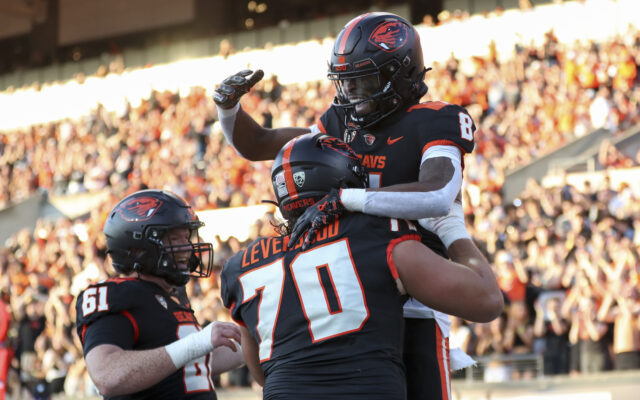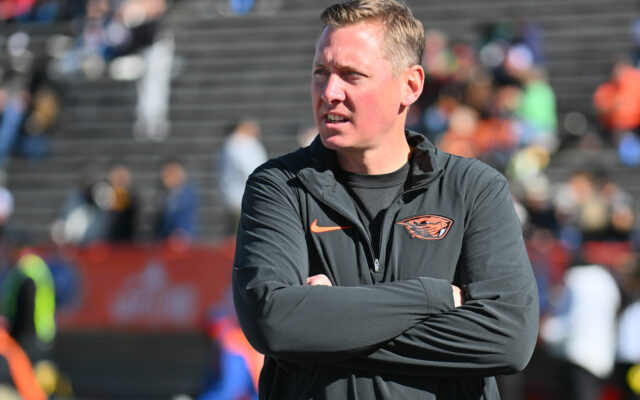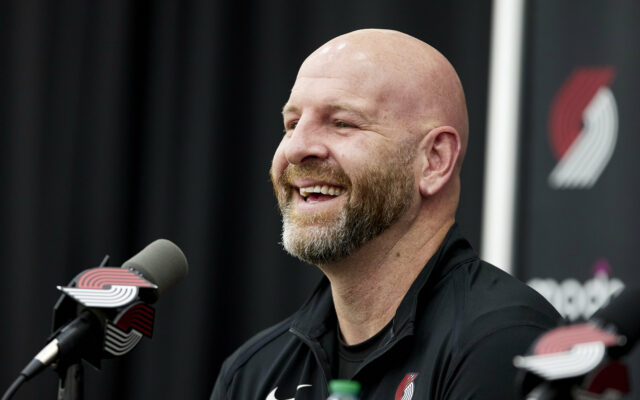OSN: The People Vs. Drew Lock – An Interactive Case Against The New Seattle Quarterback
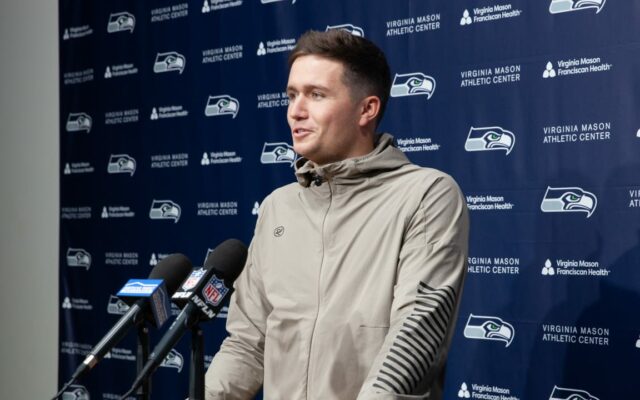
Casey Mabbott | Oregon Sports News
Anyone assuming Drew Lock will be the QB of the future in Seattle may not accurately recall the last time Pete Carroll built a team there.
Most people remember Russell Wilson as the guy Carroll called his shot with, and while that did happen eventually, that’s not the whole story. When Carroll joined the Seahawks in January 2010 and began a complete rebuild, one of his first moves was to trade for a shiny new QB from an AFC West team.
Charlie Whitehurst was a third-round QB out of Clemson in 2006 and spent three years as Philip Rivers’ backup in San Diego. Seattle traded for Whitehurst in March of 2010, and he went into camp as Matt Hasselbeck’s primary backup. First-year GM John Schneider boldly proclaimed they might not draft a QB since they had already picked up a potential franchise QB by using a 2011 third-round pick to acquire him. The third round is essential as that’s the same round where Seattle would draft Wilson in 2012, and even after drafting Wilson, it took a lot of convincing to make him the starter his rookie year.
Seattle was in a very similar boat in 2010 that they are in now. They had a very young offense with a journeyman QB, some pieces on defense, and a coaching staff looking to prove they know better than the talking heads do.
Even though he was brought in as a potential building block, Charlie Whitehurst proved to be an average playmaker at best and played sparingly in Seattle, only appearing in nine games over two seasons. By 2012 he was back with San Diego. Drew Lock comes to Seattle with limited playing time under his belt, primarily as the backup for three years in his previous stop.
Lock is playing on an expiring deal and will be a free agent after this season unless the team elects to offer him a new contract. He was not an expensive part of the deal that sent Wilson to Denver and brought Lock to Seattle, so if the team decides that one year is enough, they won’t really lose anything. If and when you hear the team praise Drew as “their guy,” maybe pump the brakes on how much you buy into that. Pete Carroll is the ultimate cheerleader and public spinster, so you have to take what he says with a grain of salt.
If you are wondering what Pete and John might see in Lock, check out this video. Don’t worry about what he may or may not have done while in Denver; I can promise you that’s not the player they are looking at. Pete is notorious for seeing people at their best rather than grading who they might actually be. The simple truth is that not every player grows into a star; some don’t even turn into quality backups.
Pete isn’t looking at Lock’s play in Denver; he is looking at the kid from Mizzou with the golden arm and imagining him bringing those plays to Seattle. Even if he is wrong about it, the team will save at least $20M compared to what they would be paying Wilson this season – so really, what’s the risk? If they hoist Lock up as the franchise’s future and he busts, they will just find someone else to hoist up. We have 21 NFL games with Lock as the starter and at least 40 of him starting in college. At this point, we know who Drew Lock is; he’s not going to land in Seattle and be a different player. He had a loaded offense in Denver, the same loaded offense Wilson will be playing in. In fact, Wilson is one player short since TE Noah Fant was traded to Seattle. If the offense was so great, and Wilson, with one fewer player, is going to elevate them to elite status automatically – you should ask yourself why Lock looked so average? He’s undoubtedly not arriving in Seattle with a better supporting cast; he might even have taken a step backward in the short term.
As a junior QB at Mizzou, Lock threw for nearly 4,000 yards in 13 games with 44 touchdowns against just 13 interceptions. That is an incredible stat line, and Lock looked great doing it. But what those numbers don’t tell you is that his team barely went .500 that year because they couldn’t stop anyone. If you think Seattle will have a top defense in 2022, think again. They are putting players and schemes in place to be good soon, but it’s not going to be this year, so Lock (or whoever starts at QB) can’t count on the defense setting them up with average starting field position advantages week to week.
Something that should make you at least a little skeptical is that his junior year wasn’t the norm; it was the outlier. As a senior with defenses working harder against him, he threw for nearly 3,500 yards in 13 games with 28 touchdowns and just 8 interceptions. He averaged 3,620 yards with 32 touchdowns and 10 interceptions as a three-year starter. His averages are still pretty great, but those numbers usually aren’t going to translate to the NFL apples to apples, not right away anyway. The yards and touchdowns are going to dip, and the turnovers are going to increase. It’s just the way it goes for young QBs trying to find their rhythm.
Now that you’ve heard the reasons why Seattle might like Lock, let’s see if you agree. We’re going to put you on the jury, and you’re going to have to decide if Lock is the QB of the future, and you’re going to have to do it by picking out numbers somewhat blind. Let’s begin.
Choose your college QB to draft –
Option 1: 3,255 yards 31 TDs 10 Ints
Option 2: 3,620 yards 32 TDs 11 Ints
Chances are you chose option 2, but it’s really close, right? Let’s try another route.
Choose your NFL QB to build around –
Option 3: 3,600 yards 19 TDs 15 Ints 6.6 average yards per attempt
Option 4: 3,317 yards 24 TDs 8 Ints 7.9 average yards per attempt
Option 5: 3,531 yards 23 TDs 14 Ints 7.3 yards per attempt
Not really close, right? Option 3 isn’t bad, but option 4 is clearly better, and option 5 makes you wonder why you’re even looking at option 3.
For the final challenge, choose your veteran starting QB based on their NFL career numbers.
Choose a veteran NFL QB to run your offense –
QB A: 3,531 yards 23 TDs 14 Ints 7.3 yards per attempt
QB B: 3,600 yards 19 TDs 15 Ints 6.6 yards per attempt
QB C: 3,200 yards 12 TDs 16 Ints 5.3 yards per attempt
QB D: 2,808 yards 20 TDs 4 Ints 7.4 yards per attempt
QB E: 2,451 yards 17 TDs 5 Ints 6.3 yards per attempt
QB F: 3,091 yards 14 TDs 13 Ints 6.9 yards per attempt
If you’re being honest, you likely hesitated between choosing QB A and QB D, you may have even taken a good look at QB E, but you didn’t like your options on the rest.
Take a look at the answer key below and find out which QB(s) you chose. If you didn’t select Lock at least twice, he’s out.
If you voted against Lock at least twice, does this mean he can’t make an impact and lead Seattle’s offense? No, it means that based on his time in college and in Denver, you’re not sold on him, which means you have reasonable doubt that he can be your QB of the future.
Make sure to check back next week when we make a case for Lock, and see if you can get him back on your team.
Answer key –
Choose your college QB to draft
Option 1: Russell Wilson
Option 2: Drew Lock
Choose your NFL QB to build around
Option 3: Drew Lock
Option 4: Russell Wilson
Option 5: Baker Mayfield
Choose a veteran NFL QB to run your offense
QB A: Baker Mayfield
QB B: Drew Lock
QB C: Charlie Whitehurst
QB D: Geno Smith
QB E: Seneca Wallace
QB F: Tarvaris Jackson
